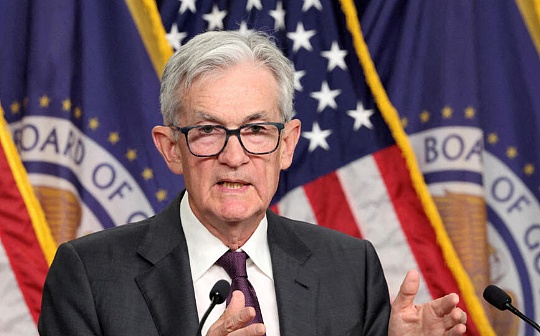Ethereum Pectra upgrades to add new features - Will the price of ETH rise?

Reprinted from jinse
05/08/2025·18DAuthor: Marcel Pechman, CoinTelegraph; Translated by: Deng Tong, Golden Finance
summary
-
Returning to the $2,200 level remains the top price challenge for ETH.
-
If the Pectra upgrade can drive a surge in DApp and Ethereum network activity, ETH prices may rebound.
Ethereum successfully implemented a key network upgrade on May 7, but Ethereum prices and derivatives metrics responded to the upgrade in a dull manner. This downturn in the market response surprised traders and raised analysts’ doubts about whether Ethereum still has a 22% rise and a real possibility to return to the $2,200 level.
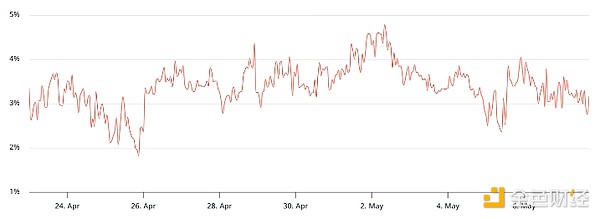
Ethereum 30-day annualized premium for futures. Source: Laevitas.ch
The ETH futures premium has been below the neutral threshold of 5%, indicating a lack of interest from leveraged longs. More importantly, the indicator remains unchanged at 3% after the Pectra upgrade, indicating that traders have not adjusted their positions despite the successful deployment of the upgrade.
The market response was indifferent in part because investors focused on macroeconomic issues, as uncertainty in global trade disputes exacerbated the risk of recession. But traders lack interest in ETH, which predates the recent deterioration of risk aversion sentiment. In fact, in the first three months of 2025, ETH lagged behind the broader cryptocurrency market capitalization by 28%.
Pectra's price performance after the upgrade reflects general dissatisfaction in the market, as competitive blockchain has gained momentum.
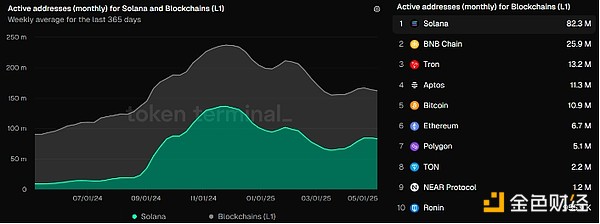
Solana's monthly active address is compared to Layer-1 competitors. Source: Token Terminal
Historically, too high Ethereum base layer fees may limit network activity, but since mid-February, those fees have dropped below $1. In addition, Ethereum's leading Layer-2 solution Base currently has 10.3 million monthly active users, far lower than Solana's 82.2 million and BNB Chain's 25.9 million.
Ethereum lags behind in DApp interoperability – will this hurt the price
of ETH?
Solana takes the lead in the decentralized exchange sector by providing an integrated user experience, especially in token issuance. Similarly, Hyperliquid's performance in perpetual contract trading exceeded expectations, suggesting that traders' main focus is not limited to Ethereum's decentralization and security. Meanwhile, Tron has made significant progress in the stablecoin market.
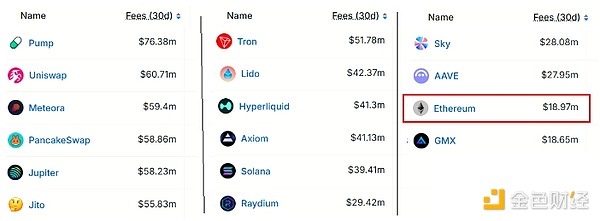
30-day fee for blockchain and DApp (USD). Source: DefiLlama
Ethereum still maintains its lead in total lock-in value (TVL), reaching $53.7 billion, without any dispute. However, this does not bring much benefit to ETH holders, as the network fees for the past 30 days are relatively low, at just $19 million. By comparison, Tron charged a total of $51.8 million in the same period, while Solana collected a total of $39.4 million.
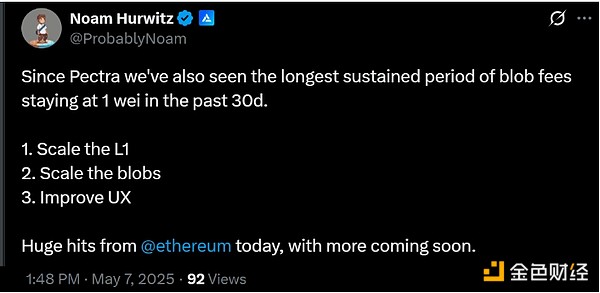
Noam Hurwitz, director of engineering at Alchemy, noted that the Ethereum blob fee has dropped to its lowest level since the Pectra upgrade. For Hurwitz, Ethereum's success depends on underlying scalability, including further improvements in the Rollup mechanism, and ultimately a more seamless user experience.
Connecting assets and data in the Layer-2 ecosystem has been a challenge, and users on Solana and BNB Chain can easily switch between multiple decentralized applications (DApps). The Pectra upgrade, while taking a step in the right direction, did not solve the problem, which explains why ETH has not been able to return to the $2,200 level in early March.
To get ETH price to rise 22% from the current $1,810 level, investors may need to ensure that the network’s progress, whether through deposits or tier 2 growth, can be translated into significant gains. Ultimately, there is a need to increase staking yields or provide stronger incentives to drive wider adoption of DApps, which in turn will stimulate the increased demand for ETH in the ecosystem.


 chaincatcher
chaincatcher
 panewslab
panewslab